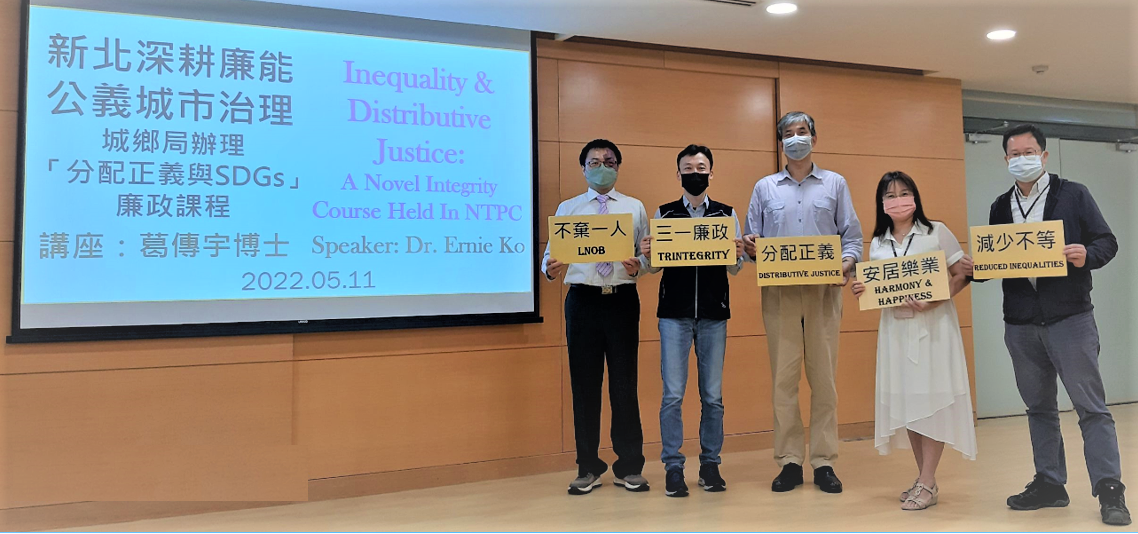
【SDG 10】Participatory budgeting for disabled persons employment promotion
2019-10-09

The plan was implemented at the Sanxia district. Among the 29 administrative districts in New Taipei City, disabled persons in Sanxia are considered more vulnerable to labor market competition. In fact, the unemployment rate of disabled people in Sanxia reached 6 percent, which is higher than the average disability unemployment rate of the City (5.3%). Second, it lacked government-sponsored vocational rehabilitation center or sheltered workshops. Third, due to the geographic limitation caused by its mountainous terrain (90 percent of the district’s land consists of hills and mountains) and remote location, disabled persons in Sanxia encounters higher barriers when it comes to attending policy discussion events in person. Finally, National Taipei University is situated in the district. There are teachers and students at the university who have the professional ability and enthusiasm to help make this plan work.
The plan officially began in August, 2015. It took eight months to produce 2 proposals. The selected packages are still being implemented at this area. The process consists of four stages :(1) brainstorming (2) making proposals (3) voting, and (4) execution and monitoring. An executive committee was established since the beginning. It comprises 5-7 experts from multiple fields, including budget allocation, PB promoting, community organizers, disability rights protection and local government. Two disabled individuals serve as committee members. The responsibilities of the committee include inspecting the executing progress, helping to produce feasible proposals, and monitoring the realization of selected plans.
Moreover, a large number of discussion sessions took place during the process. It included 3 sessions of town hall meetings (intended for collecting the opinions from disabled persons), 2 workshop sessions introducing PB basics to village chiefs and officers, 1 workshop for training volunteers and students, and numerous occasions for informal opinion exchange organized by community members interested in this plan.
To ensure effective access to disabled persons, the implementation team worked with local social welfare agency to mail all of the introductory and promoting materials – even voting notices – directly to their mailbox. Aside from this, all the information a decision-maker needs to know - including meeting arrangements, proposal contents, voting methods, implementation progress, video of proposal presentation and so forth - were available on the website and facebook page specifically created for information revelation. All the locations and meeting facilities for disabled participants were inspected by volunteer students on wheelchair, ensuring complete obstacle-free environment.
Two projects proposed by local NGOs emerged through the process. These projects offer job training packages and start-up supportive mechanisms, which mainly came from the local store owners.
In conclusion, the “Sanxia experience” of New Taipei City generated job promotion measures for disabled people which are effective and from the grassroots. It reached out to those who have traditionally been non-involved, creating a participative culture which revitalizes community cohesion. In light of the level of participation, which is often considered to be the biggest problem jeopardizing PB execution, this experience indicated that ideal solutions involve pragmatic planning, public-private sector collaboration, and the confidence in civic management.
Competent Authority:Labor Affairs Department, New Taipei City Government
Competent Authority:Labor Affairs Department, New Taipei City Government
Related Solutions
 Visitor:220
Visitor:220

